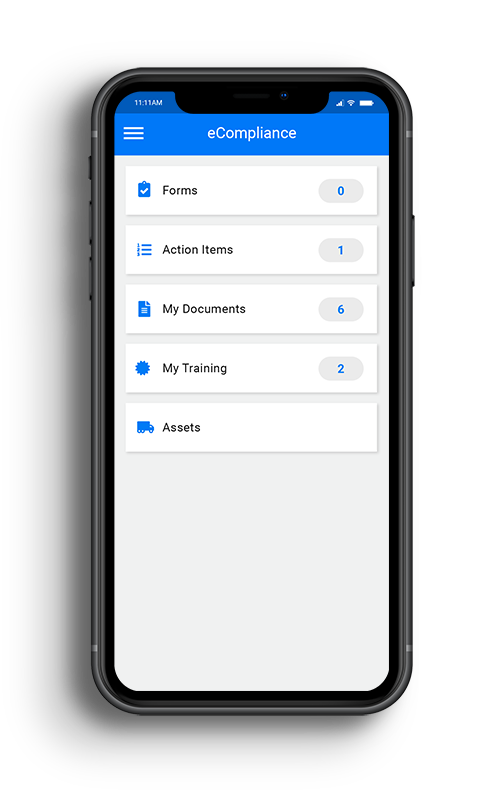
LAST UPDATED
June 29, 2021
READ TIME
3 Minutes
Every safety leader can agree that the #1 priority of any EHS program is to reduce workplace risk. Yet, one thing that continues to keep the community divided is the effectiveness of behavior based safety programs.
Even though behavior based safety has a bad rap in some safety circles, when it’s done well, the results are undeniable. BBS can significantly lower risk and help eliminate workplace incidents. But, like with any other kind of HSE program, unlocking the full benefits depends upon a successful implementation. In this post, we’re going to walk through eight simple steps you can take to build a behavior based safety program that sticks.
Step 1: Secure Buy-In and Pick Your Behavior Based Safety Team
To ensure the success of any new behavioral safety program or process, securing management commitment and buy-in at the front-line worker level is critical. Without everyone on the same page and aligned on program goals, your BBS initiative is likely to fail. During the program planning stage, assemble a team of A-players that are already familiar with behavior based safety to assist you with program design and determining measures of success.
Step 2: Collect and Review EHS Data
Safety departments capture so much critical EHS data and yet far too much of it goes underutilized. Be sure to review and analyze all data collected during behavioral safety audits and inspections to help determine which tasks and jobs pose the greatest risks. Data analysis will help reveal areas for improvement as well help uncover new trends to investigate further.
Step 3: Create a Critical Behavior Checklist
After a complete data review, you should be able to clearly identify risky behaviors that have contributed to past incidents, as well as those that have the potential to cause future harm. Next, create a checklist that details all required behaviors to complete specific jobs. Your checklist will then be used by supervisors during observations to log safe and unsafe behaviors.
Step 4: Track and Measure Behavior
Implement a simple measurement system to effectively track and calculate the frequency of both safe and risky actions employees take during behavioral safety observations.
Step 5: Conduct Behavioral Observations
Decide which members of your behavioral based safety team will be conducting the observations and decide how often they are to be completed. Depending on your organization’s environment and the risk severity of the job, observations should be conducted on a monthly, weekly or daily basis. During a behavioral observation, the observer will record positive behaviors, risky behaviors and make note of areas for improvement.
Step 6: Give Feedback
After a completed observation, the supervisor should immediately give feedback to employees and review their behavior in detail. Feedback should cover positive and at-risk behaviors, as well as discuss the potential impact of risky behavior.
Step 7: Leverage Your Data
Use your findings to your advantage to create a data-driven safety strategy to mitigate future risk. This should include addressing and eliminating at-risk behaviors by promoting new, safe behaviors. Your data should also help inform your program’s continuous improvement goals.
Step 8: Measure Success and Continuously Improve
Working towards continuous improvement means regularly evaluating and reflecting on the effectiveness of your behavior based safety program to keep making positive progress. After reviewing results on a monthly and quarterly basis, consider making program tweaks and process adjustments as needed.
An earlier version of this article originally appeared on Safeopedia.com
Learn How You Can Get eCompliance
Complete this form and one of our safety experts will be in touch.

